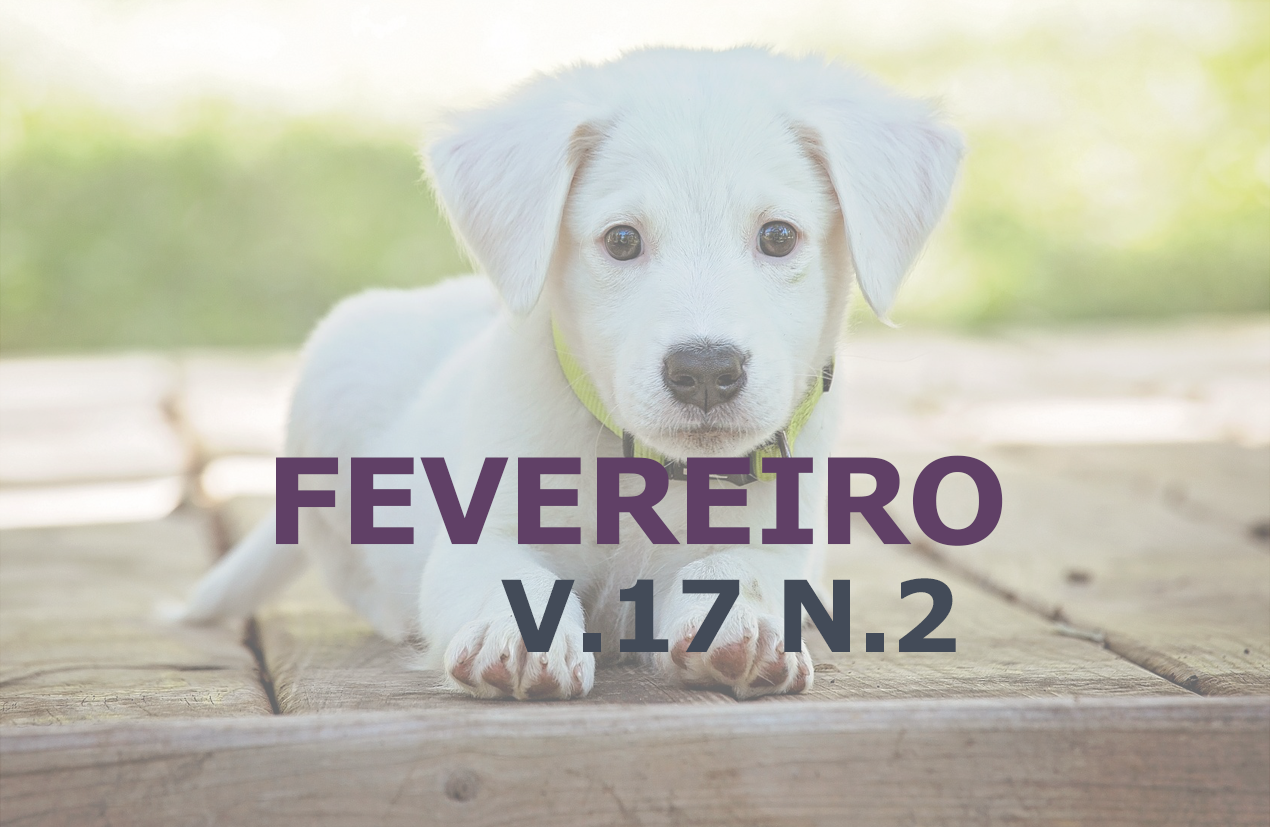Animal welfare and production systems in the 21st century
DOI:
https://doi.org/10.31533/pubvet.v17n02a1340Keywords:
Welfare indicators, protocols, animal husbandry systemsAbstract
Animal welfare has been gaining prominence on the world stage in recent years. This highlight the need to adapt production systems. The term animal welfare is a growing concept in the global context and has undergone important changes in its definition, evaluation and interpretation in the last century. The science of animal welfare recognizes the importance of the five freedoms as a way of conceptualizing welfare and the need for a reinterpretation of how to assess and interpret the status of welfare, especially for production animals. This reinterpretation culminated in the development of the Five Domains model, a model designed to assess animal welfare in a more complete, systematic and comprehensive way. The model has four physical / functional domains, evaluated through the definition of indicators. The assessments enabled the incorporation of many protocols for analyzing welfare, aimed at animal production systems, in which the general state of welfare reflects its status, which can be defined as a scale, being positive, neutral or negative. The objective of this bibliographic review is to highlight the evolution of animal welfare science considering the five domains as the main criteria to be used to define the welfare status of production animals.
Downloads
Published
Issue
Section
License
Copyright (c) 2023 Sabrina Luzia Gregio de Sousa, Rosana Colatino Soares Reis, Rodrigo Vasconcelos de Oliveira, João Paulo de Farias Ramos, Sheila Denise de Oliveira Neves, Leonardo Lucas da Rocha Andrade, Vitória Mirian Cristina Ferreira Perez, Julia Soares Alves, Lucas Lima Damieri Verçosa, Karollyne dos Reis Oliveira

This work is licensed under a Creative Commons Attribution 4.0 International License.
Você tem o direito de:
Compartilhar — copiar e redistribuir o material em qualquer suporte ou formato
Adaptar — remixar, transformar, e criar a partir do material para qualquer fim, mesmo que comercial.
O licenciante não pode revogar estes direitos desde que você respeite os termos da licença. De acordo com os termos seguintes:
Atribuição
— Você deve dar o crédito apropriado, prover um link para a licença e indicar se mudanças foram feitas. Você deve fazê-lo em qualquer circunstância razoável, mas de nenhuma maneira que sugira que o licenciante apoia você ou o seu uso. Sem restrições adicionais
— Você não pode aplicar termos jurídicos ou medidas de caráter tecnológico que restrinjam legalmente outros de fazerem algo que a licença permita.





